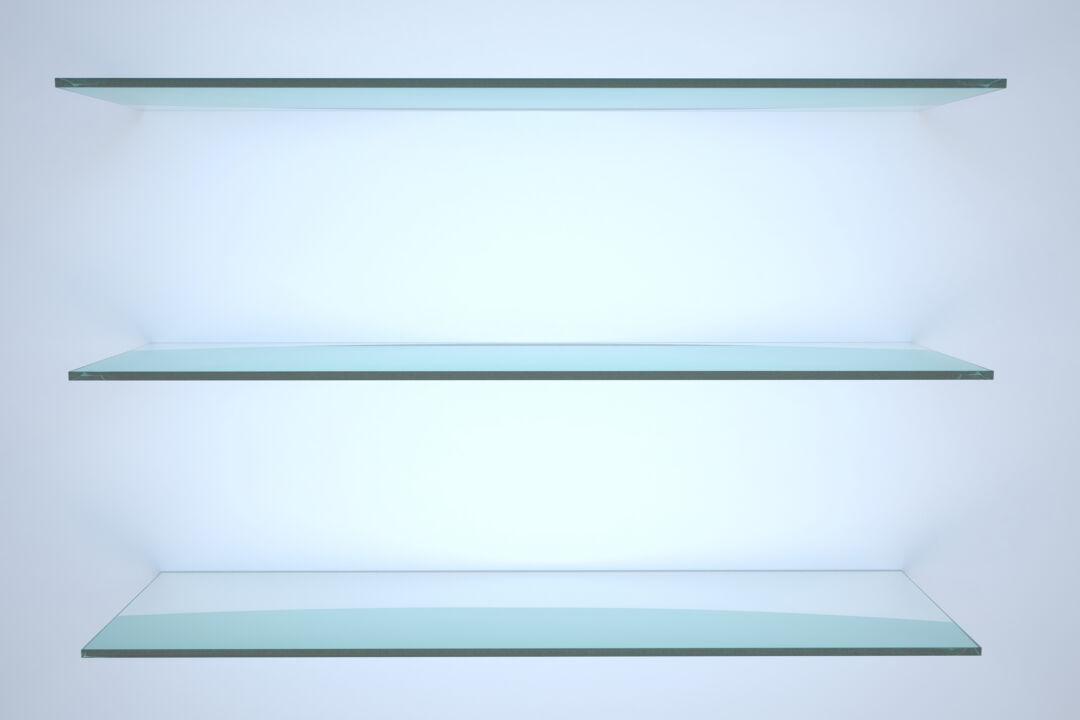We all know how replacing the flooring material in a room can change its appearance, creating a unified new surface for furnishings. If that’s in your plans, spend some time deciding how the new surface will transition to the level of flooring in the hallway or adjoining room. If you’re in a newer home with a smooth subfloor or level floor surface, you can use a standard T-molding threshold. But the situation requires more thought when you have uneven floor surfaces due to previous remodeling. This is often an issue in an older house that may have had several layers of flooring installed, one on top of each other, which raises the floor level in one room and not the adjoining rooms or spaces.
A multifloor transition threshold is a solution because it is designed to bridge two different levels or materials of flooring. It has hidden fasteners or plugs that flex and accommodate different levels by tapping the threshold into holes drilled into the floor until it is level and bridges the two surfaces. There are thresholds specifically designed to bridge a gap between hardwood, vinyl, laminate and ceramic tile floors, sold at lumber yards and flooring centers. To find them online, type “multifloor transitions” in a search engine. You’ll find them in different materials and finishes measuring 36 inches for doorways and 72 inches for a wider opening between rooms.
To install a 36-inch-wide multifloor threshold, a carpenter will charge $115, which includes labor and material. If you have carpentry tools and experience, you can buy the threshold for $30, do it yourself and save 74%. Most likely, you'll have to custom cut the threshold to the width of the opening and do some finagling to get it to fit. Be sure to clean the area with a crevice tool from a shop vac or vacuum to remove any dirt or dust in the crevices of the floor joints.
To find more DIY project costs and to post comments and questions, visit www.diyornot.com and m.diyornot.com on smartphones.
Pro Cost — DIY Cost — Pro time — DIY Time — DIY Savings — Percent Saved
$115 — $30 — 1.0 — 1.5 — $85 — 74%





